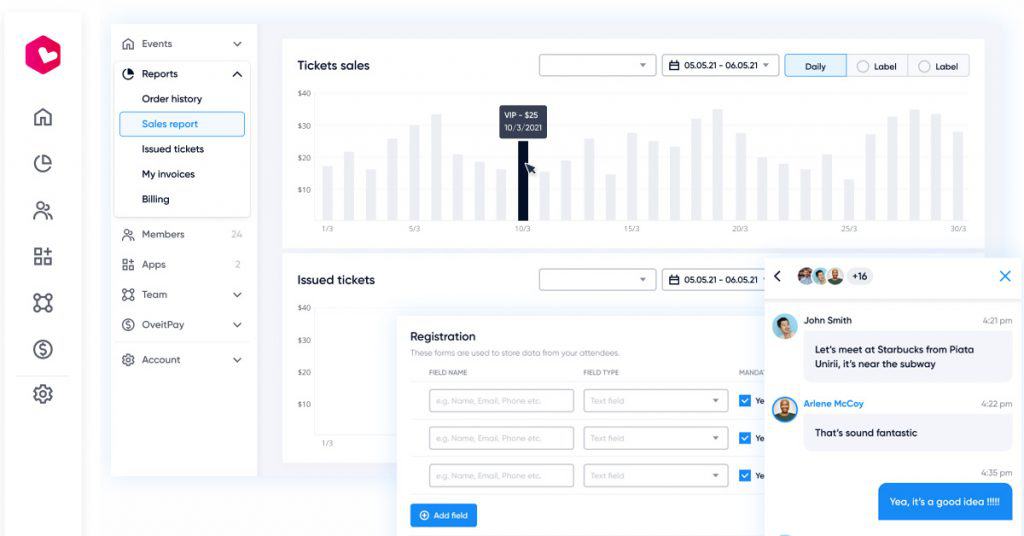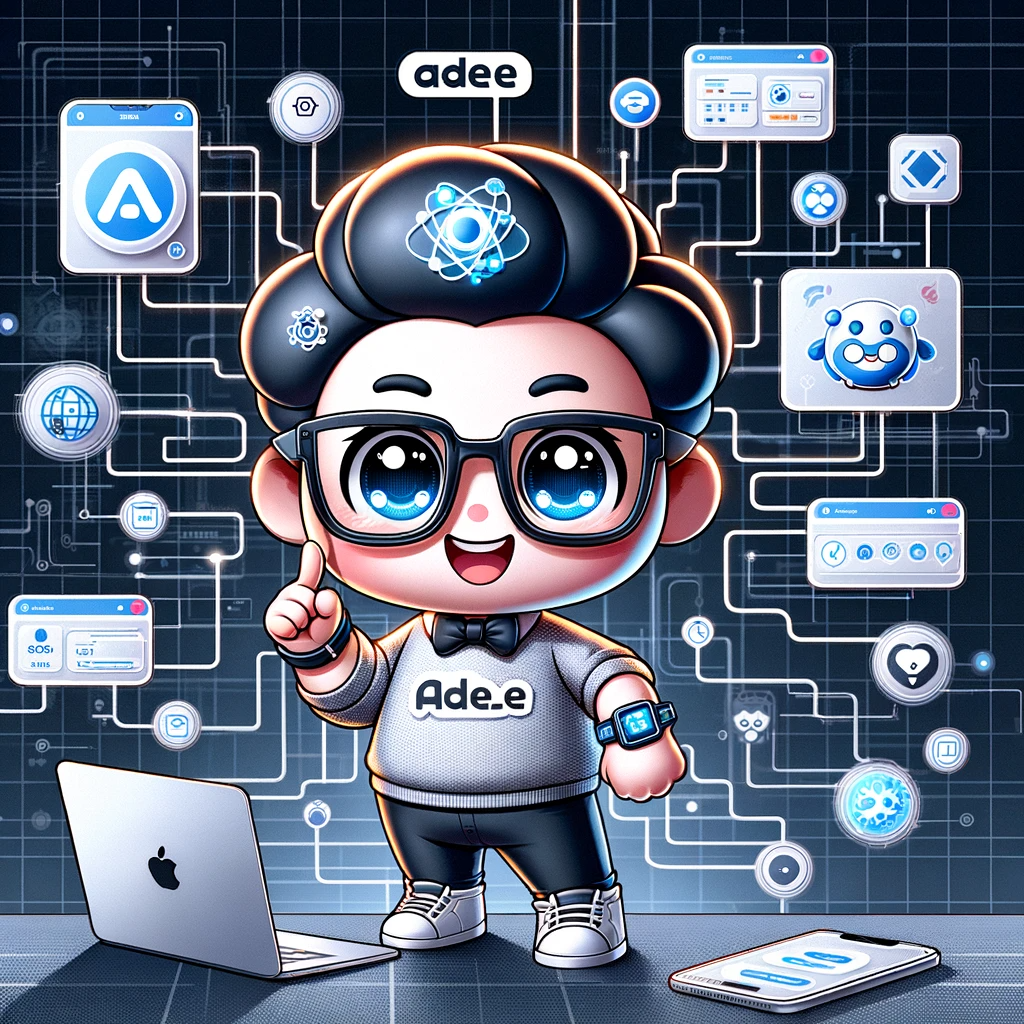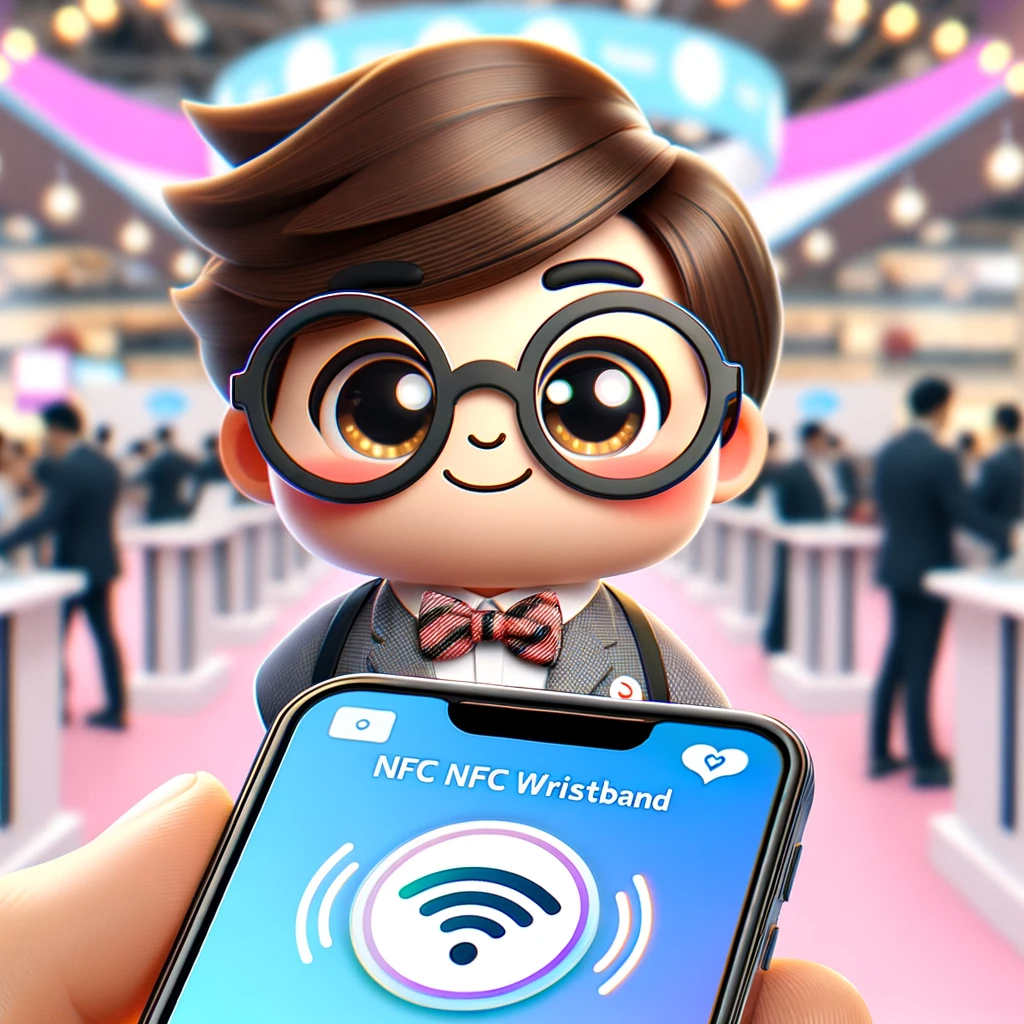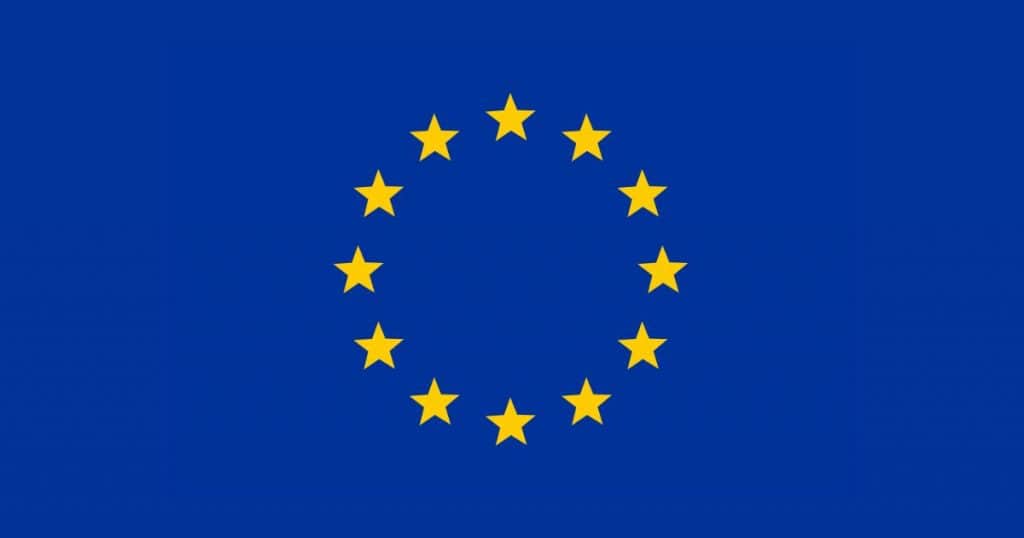AI is in the process of transforming each industry. Events are no exception. That’s why we decided to help our customers adapt to the new age of AI. It’s my pleasure to introduce a groundbreaking tool designed to empower event professionals: EventGPT. Developed by our team at Oveit, EventGPT is built on the cutting-edge capabilities of OpenAI’s GPT-4 model, and aims to be the become your AI for Event Management.
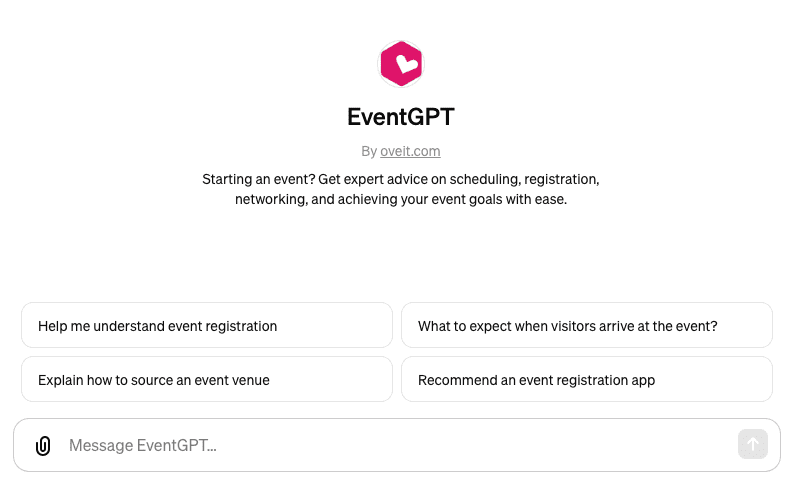
EventGPT is another step in our plan to help the event planning process, making it more intuitive, efficient, and impactful. By using the power of AI, we aim to offer event planners a digital companion that not only simplifies their workflow but also enhances the overall event experience for everyone involved.
EventGPT is free to use for OpenAI Plus Subscribers.
The Inspiration Behind EventGPT
The journey to create EventGPT started with conversations with our customers. We discovered that event planners face a myriad of challenges, from logistical hurdles, to unforeseen blackswan events (yes, the pandemic) to the constant pressure of innovation. While they are aware of the general trend of AI, no actual tool has been built around their needs.
Our mission at Oveit has always been to support these professionals by providing solutions that help their work and foster creativity. Building upon OpenAI’s GPT-4 model, we saw an opportunity to offer a specialised, AI-driven assistant that caters to the specific needs of the event planning industry.
How EventGPT Empowers Event Planners
EventGPT is designed with the event planner in mind, offering a specialised support for event planners in creating unforgettable experiences:
- Streamlined event setup: From registration and payments to scheduling, EventGPT provides guidance on every aspect of event preparation, making the process smooth and stress-free.
- Expand networking opportunities: By identifying and suggesting networking possibilities, EventGPT ensures that attendees can connect with the right peers and open new relationships and opportunities.
- Data-driven insights: Future integrations will enable EventGPT to offer analytics on visitor behavior and trends, offering event planners insights and ideas on how to optimize their events and future offering.
- Seamless integrations: EventGPT plans to support easy integration with Oveit and third-party applications, enhancing functionality and flexibility for event organizers. This builts on top our newly launched Oveit 2 support and the open and secure data platform that is key to its infrastructure (Adee).
- Continuous improvement: As new AI capabilities are developed and launched, EventGPT will evolve, incorporating the latest advancements to offer even more value to event planners.
Future plans: A glimpse into what’s next for AI in Event Management
Our roadmap for EventGPT is ambitious. What’s more important, as everything with Oveit, the road ahead is built around the needs of event professionals. Key future developments include:
- Oveit deep integration: Making event setup through Oveit endlessly simple, providing a seamless experience from planning to execution.
- Advanced data analytics engine: Offering deep insights into visitor behavior, helping planners tailor their events for maximum engagement and impact.
- Leveraging new AI innovations: As OpenAI and the wider AI community unveils new capabilities, EventGPT will incorporate these features to remain at the forefront of AI-driven event planning.
- Expanded third-party app integrations: We believe in open ecosystems. We think there is no one size that fits all events. That’s why we are working on growing the ecosystem around Oveit 2 and EventGPT to ensure it integrates and works great with the best of breed tools event planners already use and love.
- Networking enhancements: One of the key needs event goers have is networking and socialising. We believe new LLMs have transformed recommenders systems so we plan on expanding EventGPT to actively suggest and build networking opportunities. In turn we belive this will help attendees make the most out of every event.
Simplifying Event Planning: key benefits at a glance
EventGPT is here to change the game for event planners, offering:
- Ease of use: The system simplifies the complexities of event planning with AI-powered assistance.
- Efficiency: EventGPT saves time with automated suggestions for event setup and management.
- Insights: Gain valuable insights into how to improve events and meet business goals.
- Networking: Enhance attendee experience by facilitating meaningful connections.
But it goes far beyond:
- Customized event planning advice: just feed in your problems and you can find tailored solutions for your event by using the AI’s learning capabilities. EventGPT can offer personalized recommendations for the specific objectives and themes of each event. This helps ensure that every aspect of the event is aligned your vision and goals.
- Real-time problem solving: Imagine you can have along you a magical team of uber-assistants, helping you solve the unforeseen. With AI assistance, event planners can receive immediate advice on how to address unexpected challenges, from managing last-minute schedule changes to handling day-of event issues. This enhances the overall speed and effectiveness of event management.
- Improved attendee engagement: EventGPT can analyze past event data (easy to access through Adee) to suggest engagement strategies that increase attendee participation and satisfaction. This helps planners design interactive sessions, networking opportunities, and engagement activities that resonate with their audience.
- Excelent event communication: By automating and optimizing communication with attendees, from registration confirmations to follow-up surveys, EventGPT helps maintain a clear and consistent line of communication, improving the attendee experience and reducing the administrative burden on organizers.
- Sustainability guidance: Events need to be increasingly sustainable. EventGPT can offer insights into how to make events more sustainable and eco-friendly, advising on everything from digital registration processes to waste reduction strategies, aligning with the growing emphasis on environmental responsibility in event planning.
- Budget optimization: With AI-driven insights into cost-saving opportunities and budget management, EventGPT can help event planners allocate resources more efficiently, ensuring that they can maximize the impact of their events while staying within budget constraints.
- Improved vendor selection and management: AI can assist in identifying and evaluating vendors, from venues to caterers, based on past performance, reviews, and cost-effectiveness, streamlining the selection process and ensuring that event planners have access to the best possible partners.
- Data security and compliance: EventGPT can guide event planners through the complexities of data protection regulations, ensuring that attendee information is handled securely and in compliance with relevant laws, such as GDPR for European attendees.
- Future-proofing events: With ongoing updates and integration of the latest AI innovations, EventGPT ensures that event planners have access to the most advanced tools and strategies, keeping them ahead of industry trends and technological advancements.
As we launch EventGPT, our excitement is matched only by our commitment to supporting the event planning community. This is just the beginning of a journey to redefine what’s possible in event management through AI. We invite you to join us in this revolution, leveraging EventGPT to create better events with ease.
